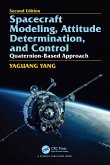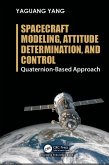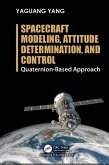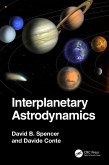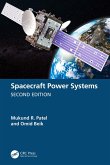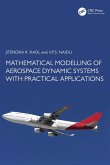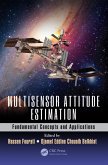This book discusses spacecraft attitude control-related topics: spacecraft modeling, spacecraft attitude determination and estimation, and spacecraft attitude controls. Unlike other books addressing these topics, this book focuses on quaternion-based methods because of their many merits. It provides a brief but necessary background on rotation sequence representations and frequently used reference frames that form the foundation of spacecraft attitude description. It then discusses the fundamentals of attitude determination using vector measurements, various efficient (including very recently developed) attitude determination algorithms, and the instruments and methods of popular vector measurements. With available attitude measurements, attitude control designs for inertial point and nadir pointing are presented in terms of required torques which are independent of actuators in use. Given the required control torques, some actuators are not able to generate the accurate control torques; therefore, spacecraft attitude control design methods with achievable torques for these actuators (for example, magnetic torque bars and control moment gyros) are provided. Some rigorous controllability results are provided.
The book also includes attitude control in some special maneuvers and systems, such as orbital-raising, docking and rendezvous, and multi-body space systems that are normally not discussed in similar books. All design methods are based on state-spaced modern control approaches, such as linear quadratic optimal control, robust pole assignment control, model predictive control, and gain scheduling control. Applications of these methods to spacecraft attitude control problems are provided. Appendices are provided for readers who are not familiar with these topics.
Dieser Download kann aus rechtlichen Gründen nur mit Rechnungsadresse in A, B, BG, CY, CZ, D, DK, EW, E, FIN, F, GR, HR, H, IRL, I, LT, L, LR, M, NL, PL, P, R, S, SLO, SK ausgeliefert werden.



